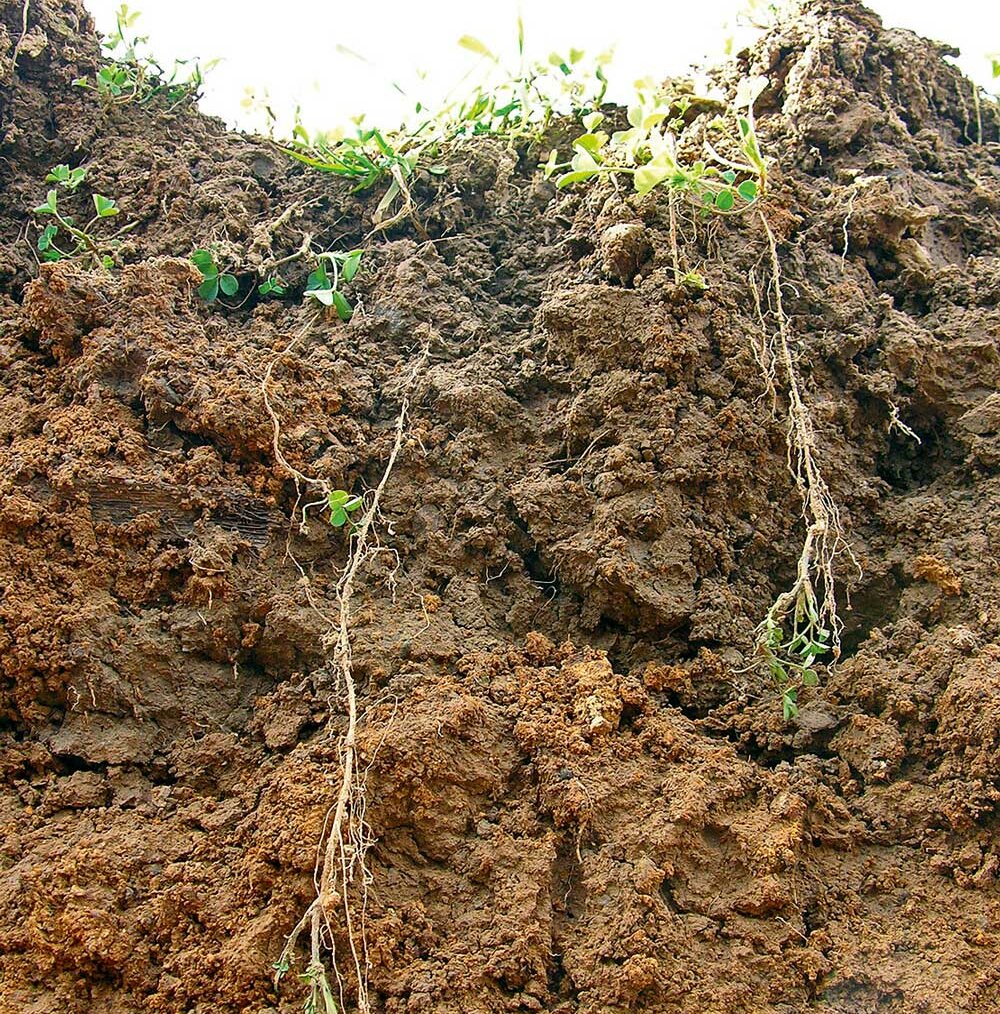Great Britain: Plants manage their own rhizosphere
By DLG Mitteilungen
The immediate area of soil around plant roots – the so-called rhizosphere – still belongs to the »great unknown« areas of plant research. This 3 mm of soil around the roots is crucial for uptake of nutrients, for example, or defence against disease. Root exudates (for these emissions the plant uses 20 % of its photosynthesis capacity) work together very closely with surrounding microorganisms (the »microbiome«).
Researchers at the John Innes Centre in Norwich have been able to show that plants can very precisely adjust their requirements to the microbiome community in the rhizosphere. They have researched this aspect using thale cress (Arabidopsis). Specialised metabolites (triterpenoids) create a very specific root environment for the thale cress plant. In an experimental comparison with rice and wheat, plants that produce no triterpenoids, it was shown that growth with all three plant types began in a similar root region. Over time, however, thale cress accumulated around 500 different, but very specific, microorganisms in its immediate vicinity, although any interruption of triterpenoid development resulted in a third of the microorganisms almost completely disappearing.
And the practical value of this work? Firstly, say the researchers, it serves towards better understanding of the microbiome functions. Secondly, it opens opportunities for precise actions within the rhizosphere, this last possibility still in the distant future, however.



